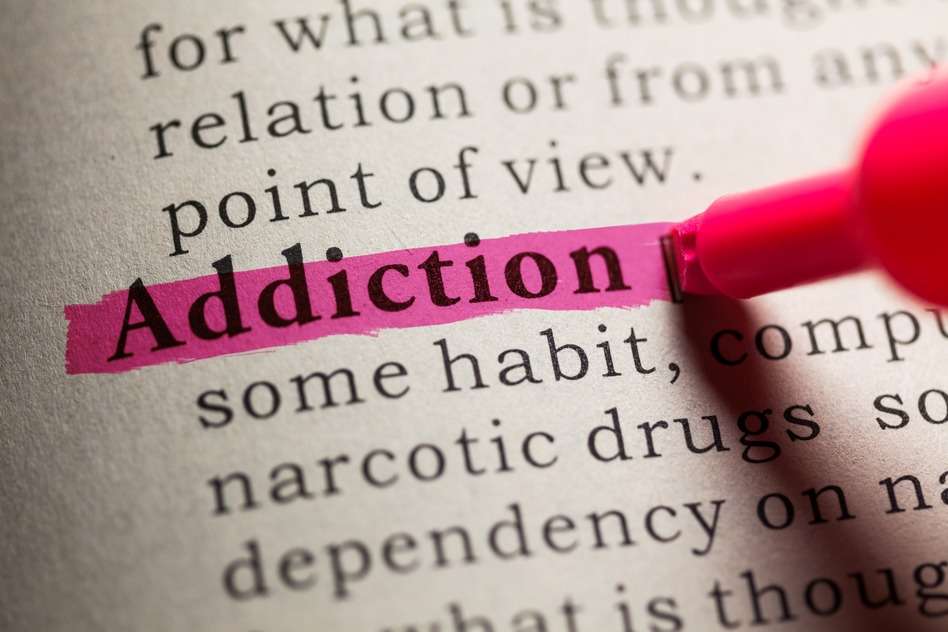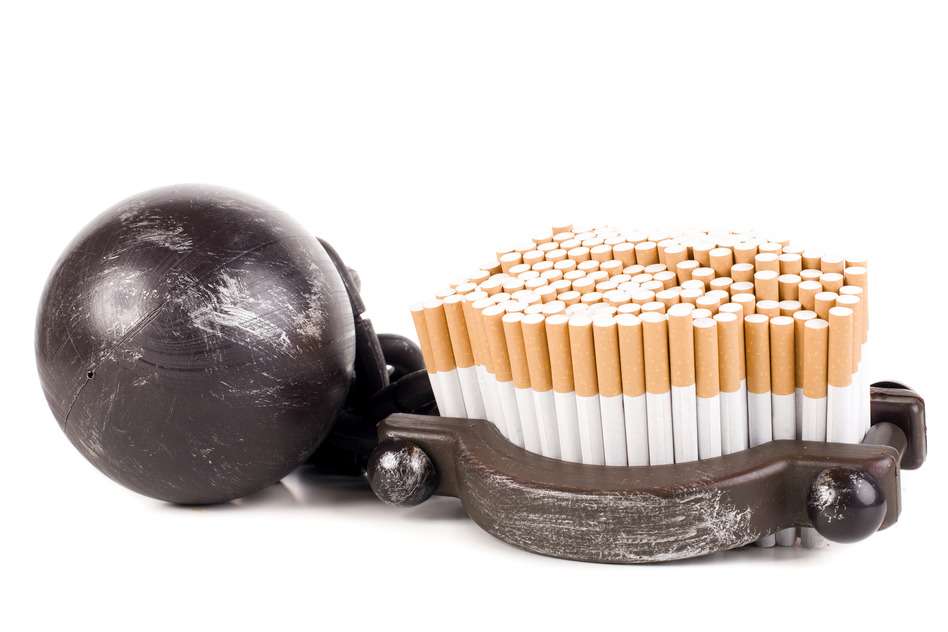Detoxing for Life
Detoxing for Life – Staying and Getting Healthy in a Toxic World
Being healthy in a toxic world requires taking on a new understanding of what is involved in both staying and getting healthy. Living on the edge of a 200-year industrial revolution, which has brought us astonishing benefits, has also caused unintended problems like chemical and energetic pollution and malnutrition from eating processed food, all of which are driving toxicity-related health problems.
We are discovering that many medical and psychiatric problems are caused by toxicities, so preventing or resolving them requires a straightforward process. Step one: avoid or minimize exposure to toxins. Step two: enhance the detoxification of toxins already stored in the body. We are now learning the importance of step three: make detoxing a way of life.
Limiting exposure to toxins can be relatively simple. For example, adopt a routine lifestyle habit that includes consumption of organic food and filtered clean water, and avoidance of air pollution wherever possible. Minimize contact with Wi-Fi, microwaves and high power lines, and wear devices which decrease their biological harm to offer some protection. If you are a health care provider or healer, since toxicity is the cause of so much disability, make it a routine activity in the care you provide to design a program to mitigate this exposure side of the equation.
A far more challenging problem is what to do about toxins which are already stored in the body, especially if they are causing psychiatric and medical problems. Firstly, this entails some understanding of what our body does to rid itself of toxins, and then we can make some intelligent choices about helping it out.
Detoxification is a two-step process of oxidation and conjugation. This is analogous to a two-step process that many people use to get rid of trash in their backyards, by first burning it (oxidation) and then carting it away (conjugation). In the body, toxins are first oxidized to make them reactive, and then conjugated to (connected to) certain molecules, which generally make the toxins more soluble in water and easier to excrete.
What researchers are also now learning is that each individual body is different in its ability to perform these functions. Genetic factors which accelerate or inhibit oxidation rates as well as conjugation capacities often dictate a person’s vulnerabilities to accelerated aging and medical and psychiatric symptoms. Now that testing of detoxification genetic quirks (called SNPs or single nucleotide polymorphisms) is widely and inexpensively available to consumers, those who are most vulnerable to toxicities and require focused detoxification programs, can be identified.
Toxins that get lodged in the body are not only those taken in through the food, air and water. They can also be toxins from germs like Candida (mycotoxins) and Lyme. The health of the gastrointestinal tract, where over 60 percent of the body’s immune system resides, can be a very important factor in both generating toxins and clearing them from the body. Toxins also interfere with brain function and cause depression and other psychiatric disorders. When toxicity-related psychiatric symptoms prevail, especially in those most genetically vulnerable, many resort to psychotropic medication, alcohol, tobacco and illicit substances to “take the edge off,” which of course makes toxicities worse and ultimately, psychiatric symptoms are magnified.
Many chronic psychiatric and medical problems are thus often caused by toxins derived from chronic infections, environmental exposures from the air, food and water, psychotropic drugs, medications, genetic vulnerabilities and gastrointestinal imbalances. Efforts to help patients detoxify can take up the lion’s share of the clinical time in an integrative medical practice. Here are a few simple things you can do to help your body’s attempts to rid itself of toxins.
- Sweat more—while exercising, in saunas or in the bathtub. Many toxins are removed through sweat. For baths, add a few cups of Epsom salts (magnesium sulfate, which assists in the conjugation process) to hot bathwater and soak 30 minutes daily.
- Eat more detoxifying foods, such as garlic, onions, broccoli and parsley, which are high in sulfur, a toxin conjugator and take probiotics.
- Drink lots of purified water—three to four quarts a day.
- Eat plenty of fiber.
- Get genetically tested to determine if you are especially vulnerable to living in the modern age.
- See a biological or holistic dentist to get your mouth cleared up from toxic metals & infections.
- Adding years to our lives and life to our years can be related to how successful we are at detoxifying for life.
Dr. Chas Gant, M.D., Ph.D., is an author, physician and practitioner, specializing in molecular health and healing. For more information, call 202-237-7000, ext. 104 or visit DoctorChas.com.



